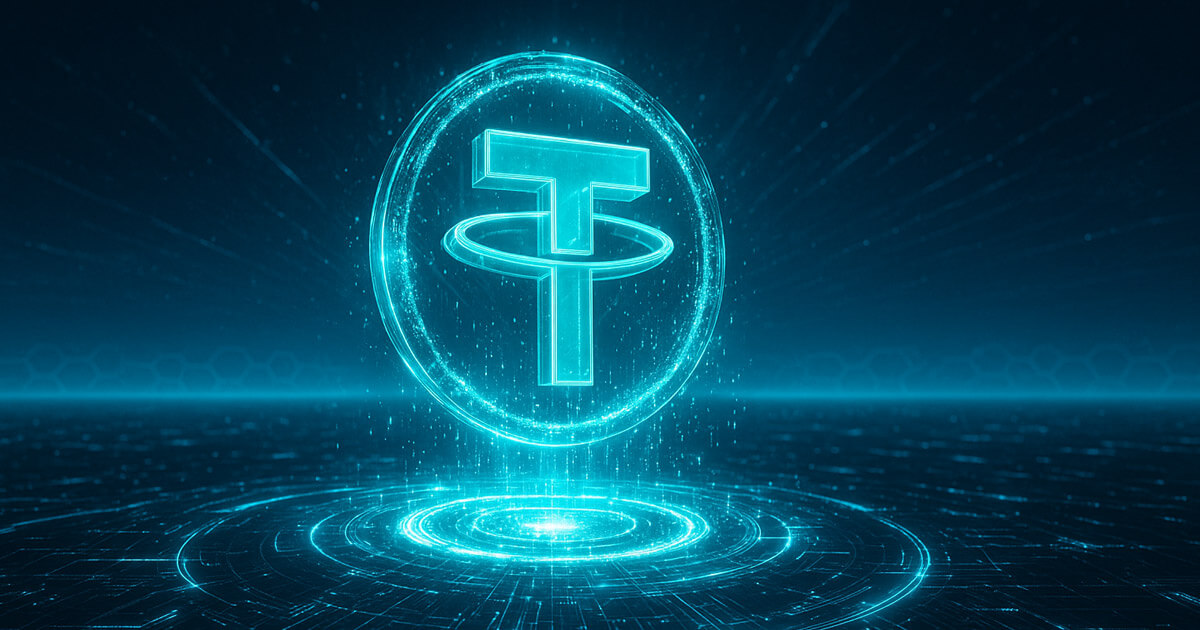Tether, the issuer of the widely-used stablecoin USDT, has recently made headlines by abandoning its prior plan to freeze USDT tokens on several legacy blockchain networks. On August 29, Tether announced its decision to classify these tokens as “unsupported,” effectively ceasing any further issuance or redemption on networks like Bitcoin Cash, Kusama, EOS, and Algorand. This move represents a significant pivot in Tether’s operations and business strategy, shedding light on broader industry trends while addressing the ongoing debates surrounding stability and utility in the crypto space.
## Background and Initial Plan
In June, Tether proposed a transition set to commence on September 1, 2025, that would have involved freezing all USDT on the aforementioned blockchains. The rationale behind this drastic action was primarily to streamline operations by cutting off support for networks that accounted for a negligible share of USDT’s transactions. Under this original plan, while the tokens would remain visible on-chain, they would become non-transferable and excluded from any redemption paths, effectively trapping them in a digital limbo.
This proposal sparked outrage among developers and users, particularly within smaller ecosystems like EOS and Algorand. Critics argued that such a move would unfairly penalize users who had invested time and resources into these networks, leaving them locked out of their assets. It soon became clear that the community’s dissatisfaction was profound enough to force Tether to reconsider its approach.
## The Shift to “Unsupported” Status
In light of the backlash, Tether pivoted from its original plan, opting instead to classify the USDT tokens on older blockchains as “unsupported.” This new classification allows users to continue moving tokens across their wallets, thus providing a pathway for individual asset management. However, it also marks the end of Tether’s obligation to interact with these platforms actively, effectively sealing off new issuances and redemptions.
Tether’s decision aligns with a broader strategy to focus resources on more popular blockchains like Ethereum and Tron, where USDT plays a more central role, each boasting over $80 billion in circulation. By doing so, Tether aims to mitigate reputational risks while maintaining greater control and operational efficiency. This compromise highlights a critical lesson in community engagement; the backlash was significant enough that it prompted a major player in the crypto world to reconsider its actions and adapt to user needs.
## Implications for Legacy Networks
The classification of USDT as “unsupported” on legacy networks raises several important considerations for both users and the broader ecosystem. Firstly, users on networks like Bitcoin Cash, Kusama, EOS, and Algorand must now contend with the reality that their USDT tokens will no longer be participating in greater liquidity pools or benefiting from Tether’s updates and developments. For many, this represents a significant loss of utility and access to their assets.
From a broader perspective, Tether’s decision signals a shift in focus towards chains that promise higher adoption rates and more robust ecosystems. This is not merely a business decision; it reflects the evolving landscape of the crypto industry, where efficiency and user engagement are paramount. Legacy networks that fail to attract significant transaction volume or active user bases are increasingly under threat as resources are directed toward more vibrant platforms.
## Tether’s Future Directions
Interestingly, Tether announced this change just a day before unveiling plans to issue a native USDT on Bitcoin using the RGB protocol. This new initiative marks a significant milestone for Tether and showcases its commitment to innovating while navigating the complexities of different blockchain ecosystems.
The RGB protocol allows Tether to integrate directly with Bitcoin’s security model, offering a more decentralized approach than wrapped tokens dependent on custodial bridges. This inclusion in the Bitcoin ecosystem is particularly noteworthy as it reflects a growing trend of intertwining stablecoins with Bitcoin’s foundational architecture, further solidifying the use-case for stablecoins within decentralized finance.
## Conclusion
Tether’s decision to abandon plans for freezing USDT on legacy networks marks a pivotal moment in the ongoing evolution of the cryptocurrency landscape. By choosing to reclassify these tokens as “unsupported,” Tether is not only maintaining its reputation in an increasingly critical space but also taking a necessary step to streamline its operations.
The implications for users on the affected networks are profound and serve as a reminder of the need for constant engagement and innovation in the blockchain sphere. As Tether pivots its focus towards more widely adopted platforms, the move raises important questions about the future of less robust blockchain networks and the challenges they may face to remain relevant in a fast-evolving ecosystem.
In an environment marked by rapid technological advancement and user preferences, Tether’s latest decisions reflect the delicate balancing act between operational efficiency, community engagement, and the necessity for strategic vision. As developments unfold, all eyes will be on Tether, their integration with Bitcoin, and how this shapes the future of stablecoins and cross-chain functionalities within the cryptocurrency landscape.
Source link









